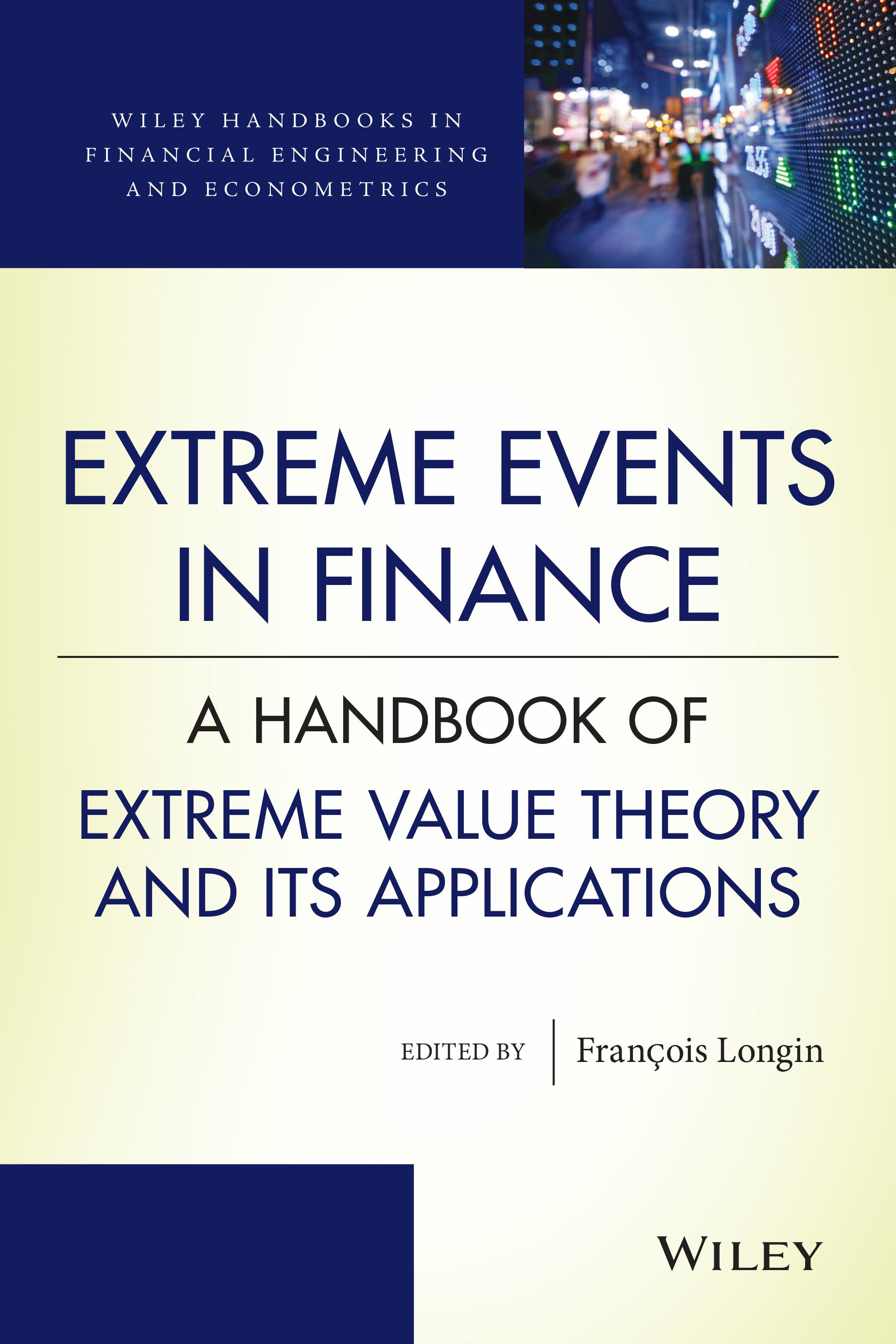Extreme value theory: an introductory overview
|
||
|
If things go wrong, how wrong can they go? This is the typical question we would like to answer, which in a certain sense is the mitigation attitude to Murphy’s law: “If anything can go wrong, it will!” The statistical analysis of extremes is the key step in the analysis of many risk management problems related not only to insurance, reinsurance, and finance, but also in other fields such as geophysics and environment, where the analysis of extremes is of primordial importance. When we deal with asset returns in finance, for instance, the extreme values are exactly the ones that constitute the focus for traders, investors, asset managers, risk managers, and regulators. Extreme Value Theory (EVT) is the theory underpinning the study of the asymptotic distribution of extreme or rare events, which can be considered huge relatively to the bulk of observations. An introductory overview to EVT In this chapter we review the fundamental concepts and results in EVT, both in the univariate and the multivariate cases, with a flavor of how they can be applied in practice, through illustration of how statistical inference for extreme values develops from EVT: picking up maxima of blocks of observations, the annual maxima (AM) approach evolved from the classical Gnedenko’s theorem, while peaks-over-threshold (POT) approach, selecting the excesses of high threshold, is the natural parametric modeling inspired by the Pickands–Balkema–de Haan theorem. Complementary to those, the peaks-over-random-threshold (PORT) methodology comes to play a role under a semiparametric perspective. Aiming to integrate both approaches, the modeling of rare events, in univariate context, is illustrated by examples of public real data. A self-contained tool and a broad survey EVT has proven to be a useful and powerful tool to describe atypical situations that may have a significant impact in many application areas, where knowledge of the behavior of the tail of the actual distribution is in demand. This chapter provides a collection of introductory results for working in extreme value analysis, helping to expand the body of knowledge for practitioners and researchers as well. The chapter aims to provide a self-contained introductory tutorial on methodological and applied aspects of extreme values, offering a crucial guidance for a wide range of target readers with various backgrounds, highlighting the key role played by EVT in creating challenging solutions. The idea behind is equipping readers with the relevant EV concepts, outlining key points evolving in a EV landscape, bringing together parametric and semiparametric methodology and techniques for modeling extremes. Adding to this, a broad survey of the topic is complemented by an updated list of specialized references. Related contributions |
||

|

|
Isabel Fraga AlvesUniversity of Lisbon |
|
Cláudia NevesUniversity of Reading |
|



